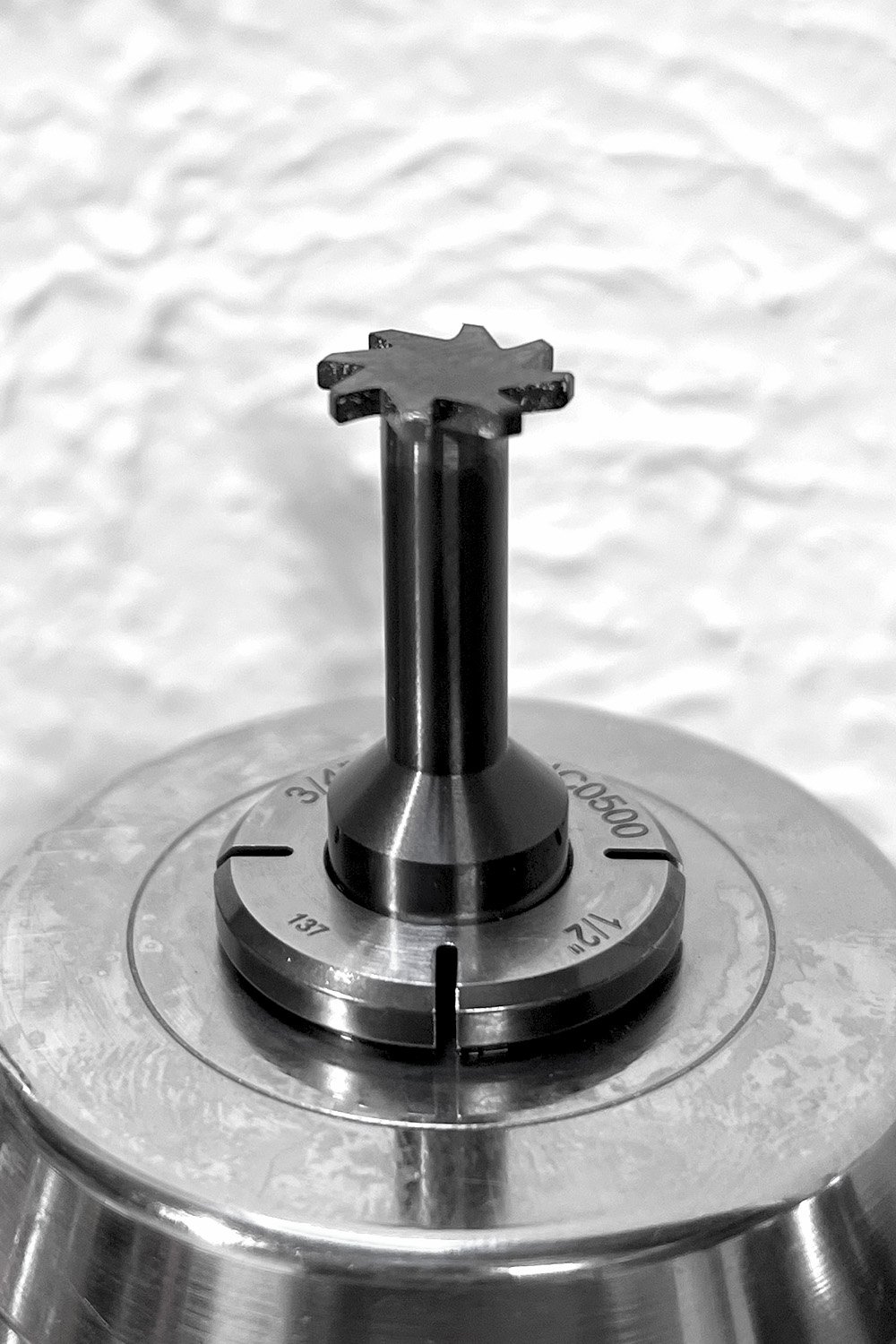Machined Undercuts: Why We’re Your Go-To Precision Machine Shop
Delrin part with machined undercut features
“Do you machine undercuts?”
We’ve heard this question quite a bit lately, mostly from engineers looking for a precision machine shop that can perform their designs’ critical undercuts.
At Summit CNC, we’re proud to keep a wide array of keyseat cutters on hand for our customers.
So don’t go back to the drawing board. Send your design to us. We’ll machine the undercuts quickly and accurately.
Now, let’s take a closer look at the world of undercut machining.
An Overview of Undercutting
Undercuts are slots or grooves machined with a specialized cutting attachment called a keyseat cutter. We commonly machine undercuts for manifolds, cylinders, shafts, and parts requiring o-rings.
Because of where undercuts are located on the part, they can’t be cut using a standard straight tool, so numerous sizes and shapes of keyseat cutters are available. Keyseat cutters are also called keyway cutters, T-slot cutters, and woodruff cutters, and the correct one must be carefully selected for each job.
Picking the Right Keyseat Cutter
Choosing the correct undercutting tool is more complicated than performing the undercut itself. The manufacturers of these cutting attachments offer hundreds or even thousands of customizable combinations of length, shank diameter, cutter diameter, cutter width, and tooth geometry.
At Summit CNC, we maintain an extensive inventory of keyseat cutters, allowing us to machine to each customer’s specific corner radii or 3D profile undercutting specifications.
Let’s examine the factors we assess when selecting the correct keyseat cutter for each application.
Examples of keyseat cutters
Overall Length
Available in multiple lengths, keyseat cutters with a longer reach are at a higher risk of breaking or deflecting, so we select the shortest tool capable of cutting the feature.
Shank Diameter
Just as a longer tool is weaker than a shorter tool, a thinner shank is more vulnerable than a thicker one. Whenever possible, we reach for the keyseat cutter with the sturdiest shank diameter.
Cutter Diameter
We calculate the diameter of the circular cutting head against the tool’s shank diameter to determine the tool’s radial depth of cutting (RDOC). It’s never ideal to cut at the maximum cutting depth, so we prefer keyseat cutters with thick shank diameters and wide cutter diameters. We can work with thinner shanks and smaller cutters to accommodate certain clearances, though these tools won’t be quite as strong.
Cutter Width
Bigger isn’t better when it comes to cutter width. “Fat” cutters tend to break or deflect, so when we need this style of keyseat cutter, we take extra care to machine at the shallowest possible RDOC. Cutting at a tool’s maximum RDOC causes unnecessary stress to the tool and may even result in tool failure. The part’s finish will also be less refined.
To reduce machining time, prevent tool marks, and achieve the optimal finish, we prefer to utilize a tool with a cutter width equal to the desired slot width.
Undercutting at Summit CNC
The challenges and contradictions of undercutting are precisely why our precision machine shop embraces it. We’re proud to offer this CNC machining service to our customers.
Closeup of keyseat cutter inserted in hydraulic chuck for maximum stability and precision
Quick and Easy Undercutting
At Summit CNC, we handle undercuts like any other contour cutting. Most significantly, we leverage our 15,000 RPM spindles to minimize the machining time and remain cost-conscious for our customers. Because we maintain an extensive inventory of keyseat cutters, we can often get right to work on a part without having to order the special tooling.
Undercutting with Design for Assembly in Mind
Design for Manufacturing best practices advise against designing parts with undercuts, but in our experience, undercutting isn’t always avoidable—nor should it be. Alternatives such as machining a part in two pieces aren’t suitable for every application, and Design for Assembly standards recommend fewer parts, not more.
Machined Undercuts with Tight Tolerances
Tight tolerances are important when machining undercuts. Many Summit CNC customers specify undercut tolerances of +/- 0.003” or less. We hold these precise tolerances by programming for a higher quantity of shallow machining passes, slowing down feed rates on finishing passes, and accounting for tool-wear offsets at the machine controller.
Make Summit CNC Your Go-to Shop for Machined Undercuts
The next time your design demands undercuts, come to the shop that routinely machines them.
Get a quote in 24 hours with our precision machine shop’s ITAR-compliant quoting system!



